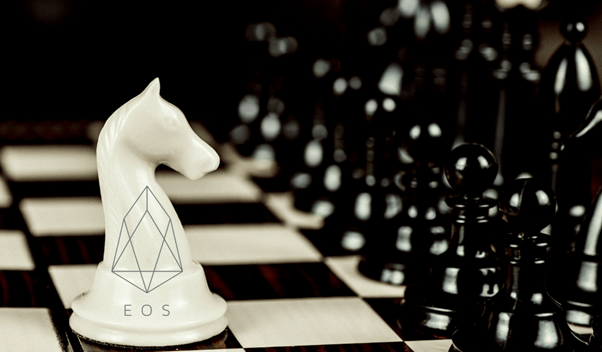Few could have predicted a year ago that EOS might one day play a key role in the future of Web3. But a lot can change in 12 months.
Now under the control of the EOS Network Foundation (ENF) following its acrimonious split from parent company Block.one, the open-source platform has emerged from the shadows to plant its flag firmly in the sand, positioning itself as an alternative to networks that have flourished since the DeFi boom of 2020 – including Ethereum.
From announcing its own $100m ecosystem fund dedicated to financing dApp innovation, to teasing the forthcoming release of an EOS EVM, there’s no ignoring the feel-good vibes permeating the O.G. blockchain that raised a record-breaking $4 billion in its 2017 ICO. But can it really mount the mother of all comebacks?
A Year-Long Rebuild
ENF founder Yves La Rose referred recently to “a year of building,” a process he claims was necessary after the platform found itself on life support in early 2022. Among the most interesting outcomes of this prolonged knuckle-down is the emergence of the EOS EVM, which aims to furnish developers with familiar and easy-to-use tooling, the better to tempt them into the EOS ecosystem.
Like other blockchains that have pursued EVM compatibility, EOS will shortly start enabling Ethereum-like transactions on its network via a smart contract-based Ethereum Virtual Machine which can be used to build ETH-based apps on EOS.
When fully up and running, users will benefit from improved user experiences on EOS without missing out on Ethereum’s “battle-tested open source code, tooling, libraries, and SDKs.”
Interestingly, the EOS EVM will use the platform’s eponymous token ($EOS) to cover gas fees, with the project as a whole replacing the mooted Trust EVM that was previously in development. La Rose says the EOS EVM outperforms its main competitors, with the ability to handle 800+ swaps per second, making it four times faster than Solana.
The latest version of the EOS EVM (v.0.2) has been deployed to the platform’s Jungle 4 testnet and introduces Silkworm-backed infrastructure, giving devs the chance to test the technology before an anticipated mainnet launch in March.
By bringing Ethereum capabilities to EOS, La Rose and the rest of the ENF brain trust believe the platform can finally start to make good on its considerable promise – even if wider market conditions aren’t exactly rosy.
Antelope Brings Cross-Chain Scaling to EOS
Scaling is considered a highly desirable criterion of blockchain networks, and many platforms have spent years exploring various scaling solutions to achieve a higher throughput. In EOS’ case, those efforts appear to be bearing fruit in the form of the Antelope IBC, an implementation of inter-blockchain communication technology.
Antelope (formerly the EOSIO protocol) facilitates communication and asset transfers between all Antelope-powered chains, including EOS, Telos, WAX, and UX Network. In essence, the IBC lets users make trustless transactions across several blockchains, without relying on notoriously unstable web3 bridges that often suffer from exploits.
The first ever IBC transfer between EOS and another blockchain occurred earlier this month, when La Rose sent $EOS to the UX Network. According to an ENF blog post, users of Antelope IBC are “guaranteed to always have a matching state on both networks and won’t run into the issues that other chains face in regards to failing bridges. This is as clean and secure as it gets for IBC solutions.”
As well as inter-blockchain communication, Antelope will eventually let developers take advantage of elastic sidechains, eliminating the need to increase the throughput of an operating blockchain by routing overflow transactions to a side-chain running in parallel with the main network.
Last April, EOS, Telos, WAX, and UX Network – together known as the Antelope Coalition – pledged $8 million in annual funding to the protocol formerly known as EOSIO, with a focus on enhancing the technology stack and beefing up its security.
Positive developments such as EOS EVM and Antelope IBC have helped promote TVL growth in EOS since the turn of the year, with such growth outstripping the likes of Ethereum, Polygon, BSC, Fantom and TRON. The question is, can EOS maintain its momentum and become a go-to platform for both developers and users? That will depend on several things, including the success of the protocols setting up shop on EOS. One thing’s for sure, the mood music emanating from EOS Towers is extremely optimistic.
